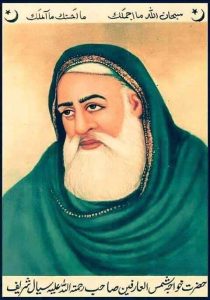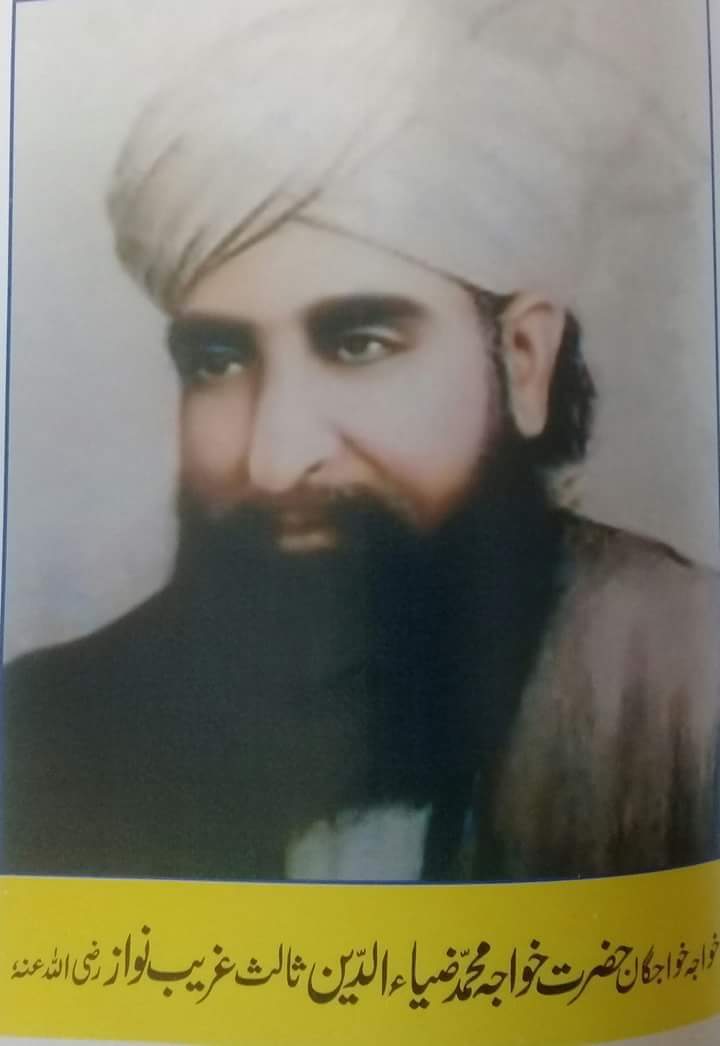Sial Shareef
www.SialShareef.comSial Sharif is famous for the Sufi shrine of Khwajah Muhammad Shamsuddin Sialvi, popularly known as Pir Sial, who was a


Today the Khanqah (Zawya, i.e. Sufi convent) of Sial Sharif is counted among the foremost Chishti centres of
Attached to the spiritual centre (referred to as Darbaar, i.e. court) at Sial Sharif there is also a religious school (madrasa). Many other religious schools and mosques, scattered throughout Pakistan, are affiliated to the Darbaar of Sial Sharif. The Darbaar at Sial Sharif is closely linked to many other spiritual centres, including the Darbar at Bhera Sharif.


Sial Sharif is a village in the Sargodha District of Punjab, Pakistan. It is located in Sahiwal Tehsil and lies 48 km (30 miles) away from the city of Sargodha, about midway on the Sargodha-Jhang road.
To this day, the Islamic spiritual tradition is very much alive in this (Nizami) branch of the Chishti order. Its barakah (spiritual influence, blessing) is experienced by tens of thousands of disciples and visitors. Every Friday, scores of devotees travel long distances just to attend the Jumu’ah prayer there and obtain some blessings from the Holy Shrine.



SiaL SHAREEF

Hazrat Khawaja Shams-ud –din Sialvi (Rahmatullah)
This great
Long before Hz Sham-
He established an institute for religious education-he himself used to teach there. Some of his students went to become known Islamic scholars in the subcontinent. Miraat Ul Ashqeen is
He was buried in Sial Sharif, where his grave is visited by tens of thousands of visitors every year.
Khawja Muhammad Din. (Rahmatullah)
Khawja Muhammad Din was a son of Khwaja Muhammad Shams Din and succeeded him as head of the Sial Sharif shrine on his demise. After Khawaja Shams al-‘Arifin, his son, Khawaja Muhammad Din, sat upon the spiritual seat as an embodiment of the qualities of his noble father. He gave this movement of his noble father further strength and energy


Khawja Muhammad Zia-
Khawja Muhammad Zia-al-Din of Sial Sharif was a son of Khwaja Muhammad Din and succeeded him as head of the Sial Sharif shrine on his demise in 1909.
Khawja Muhammad Qamar-
He was born on 7 July 1906 in Sialsharif. He was the eldest son of Zia-


Sajjadah Nashin of Astana-e-Aliya Muhammad Hamid-
Contact Us
Sial Shareef
A Project of Al Qamar Media Network
Non-official website of Sial Shareef.
Visit Us
Sial Shareef
Contact us
+92 321 3636 125
info@sialshareef.com
